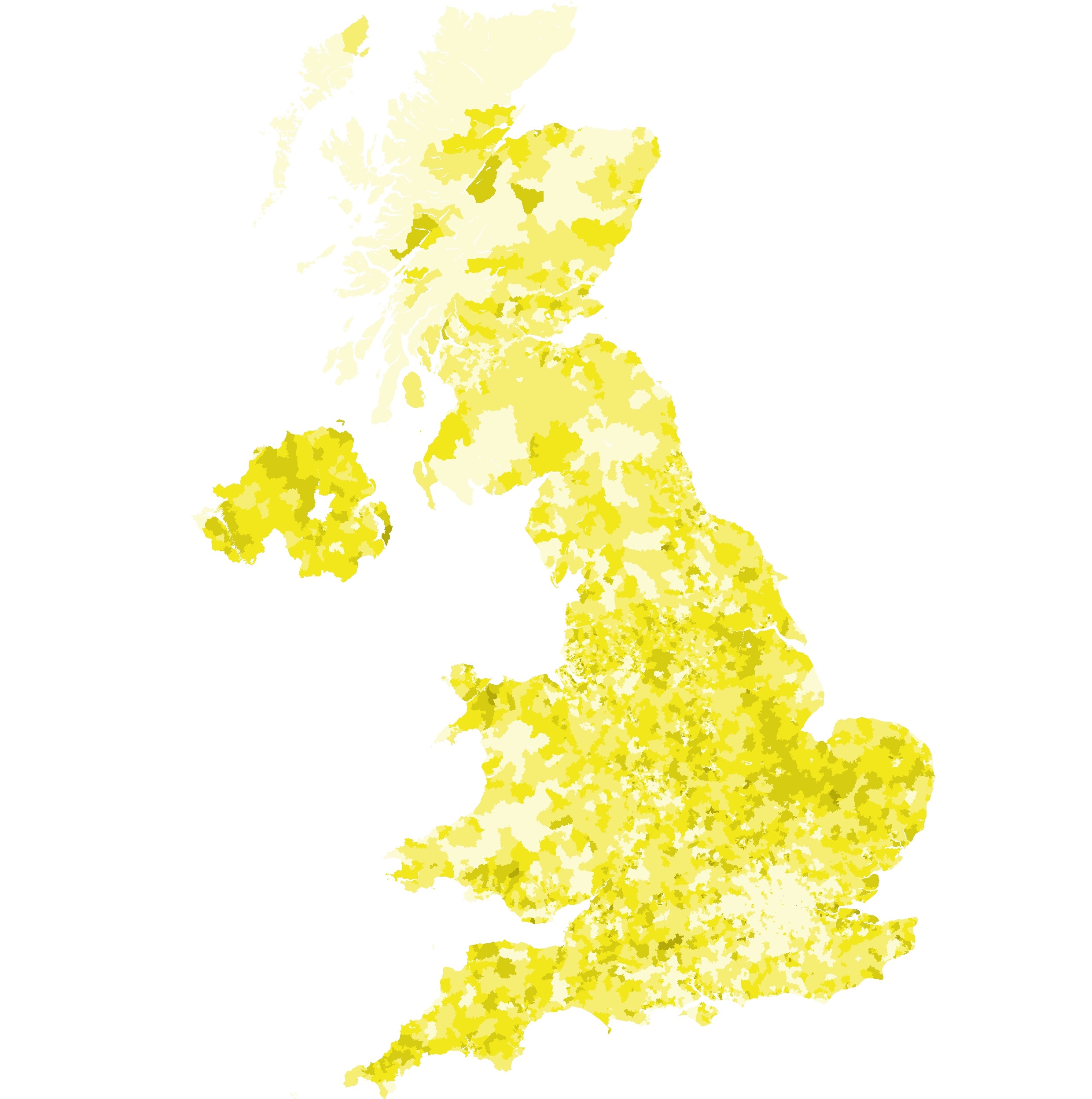Back to Trips & Treats overview
Trips & Treats Places
In this section
This predominantly urban group lives within easy reach of a wide range of cultural provision, but is also prepared to travel to experience new activities and places.

Location
Suburban adults and families living across the UK on the edge of major conurbations, towns and cities.
- Found equally throughout the country (except London), Trips & Treats live in mostly semi-detached or terraced houses located in the suburban outer edges of cities and towns.
- Older members tend to have lived in their local area for long periods of time, if not their whole lives, close by or near to other family and relatives, and are established in their communities.
- Visit our Audience Spectrum Map to investigate the location of this segment and its subsegments.
Provision
Given that access to provision can be quite low where they live, they are more active than might be expected, with some making planned efforts to attend.
- This group believes that culture does make some difference to their localities and people’s lives and that access to it is therefore important.
- Happy to travel into a city centre, they are more than likely to have a car (or van) which enables access to a greater level of provision, given their suburban location, so parking facilities are important, as is security.
- At a more local level, as they will invariably have to travel from the edges of town, thought should also be put into advice on public transport.
- Understanding the local population and where there is greater potential amongst this group can be supported by targeted door-to-door or digital marketing campaigns in key geographic areas.
Community
These families tend to have lived in their homes for a long time and be well embedded within their local communities, though not very likely to volunteer.
- Less than a quarter do some volunteering (21% have volunteered in the last 12 months) – mostly for arts and sports – which is at a lower rate than the national average.
- There will be limited scope for increasing volunteering, but what they do do is associated with or aligned with family interests, so they may be open to supporting fundraising with their time.
- Connections with local community groups may be effective in building participation and engagement, such as children’s centres, family activities in libraries, or local scouts and guide centres.
- Schools will be key partners to seek out and support, along with other local cultural activities for young people, e.g. drama centres or colleges.
